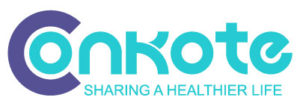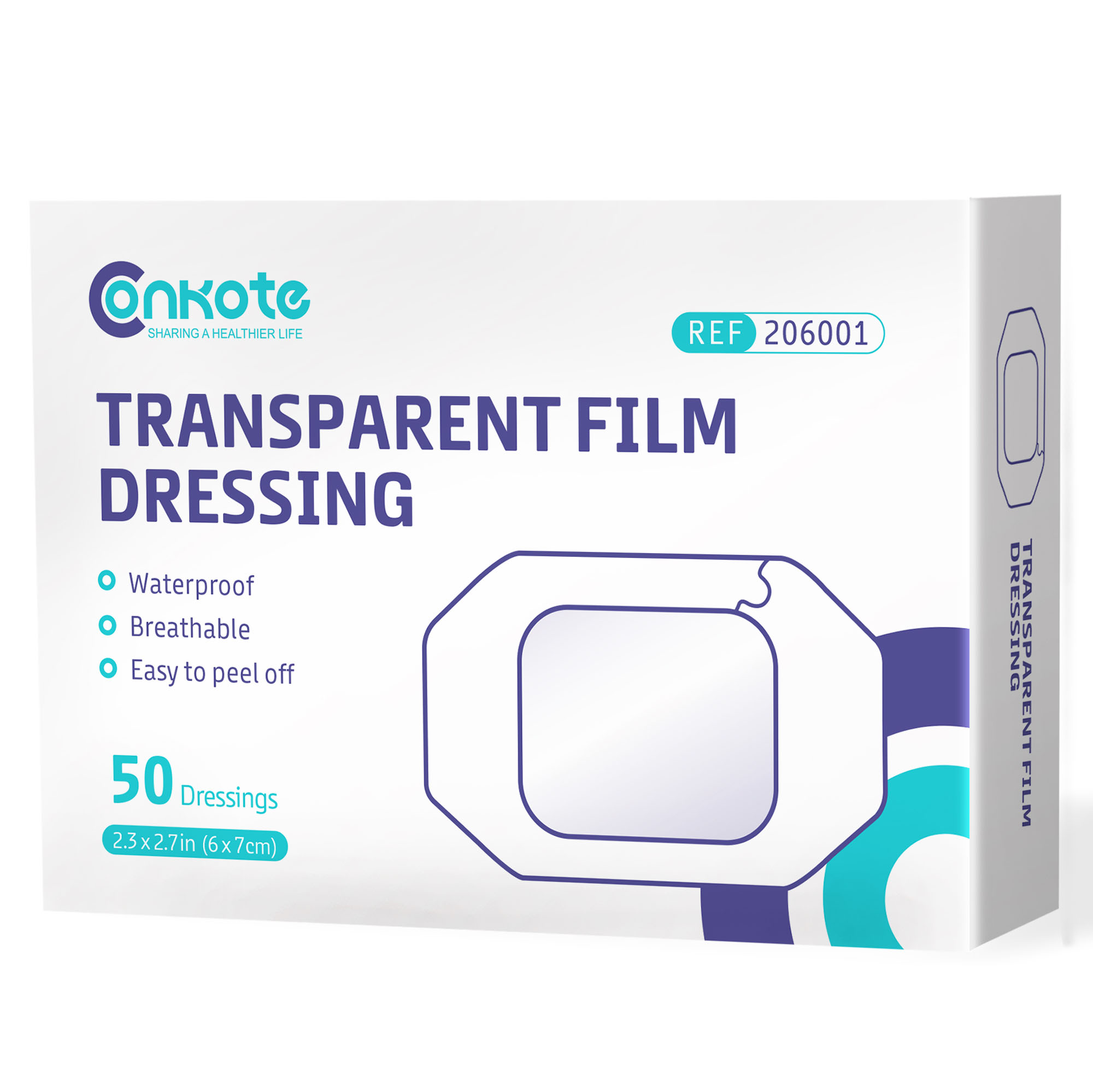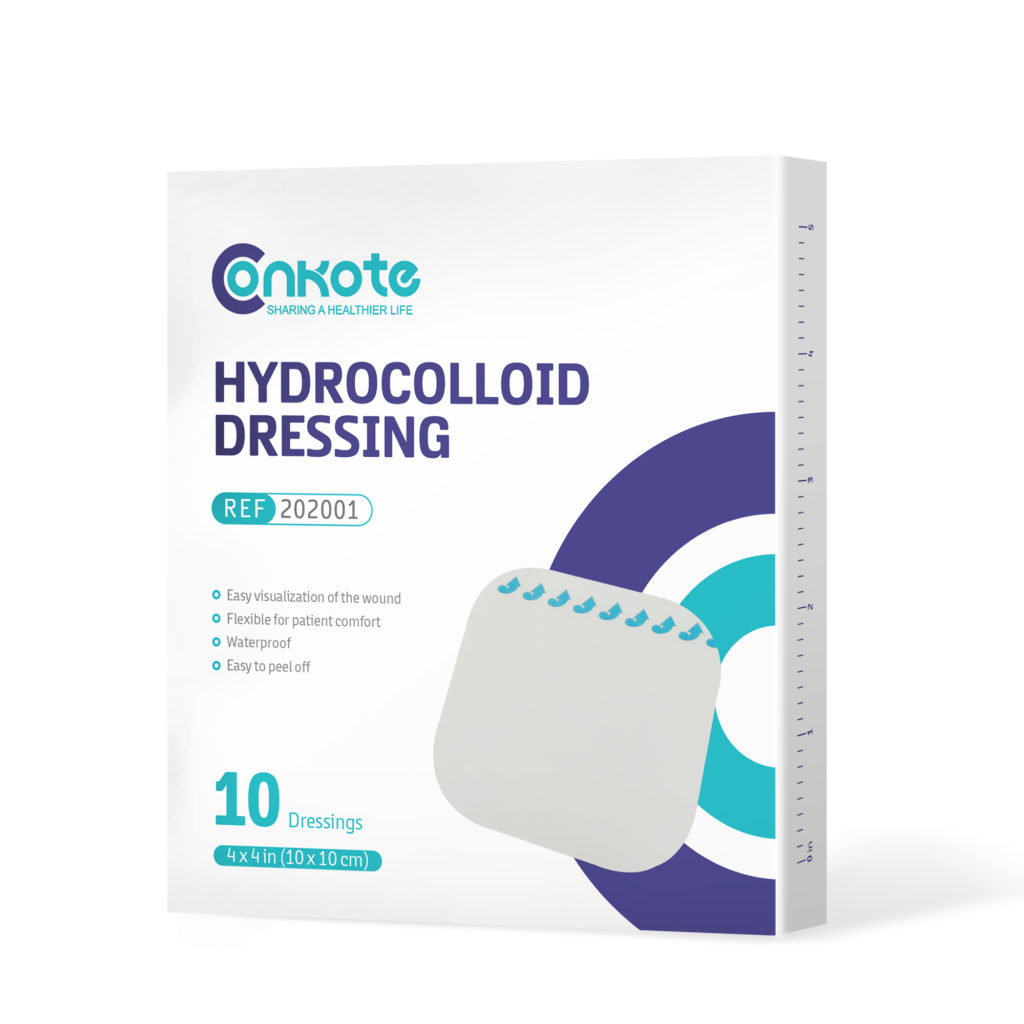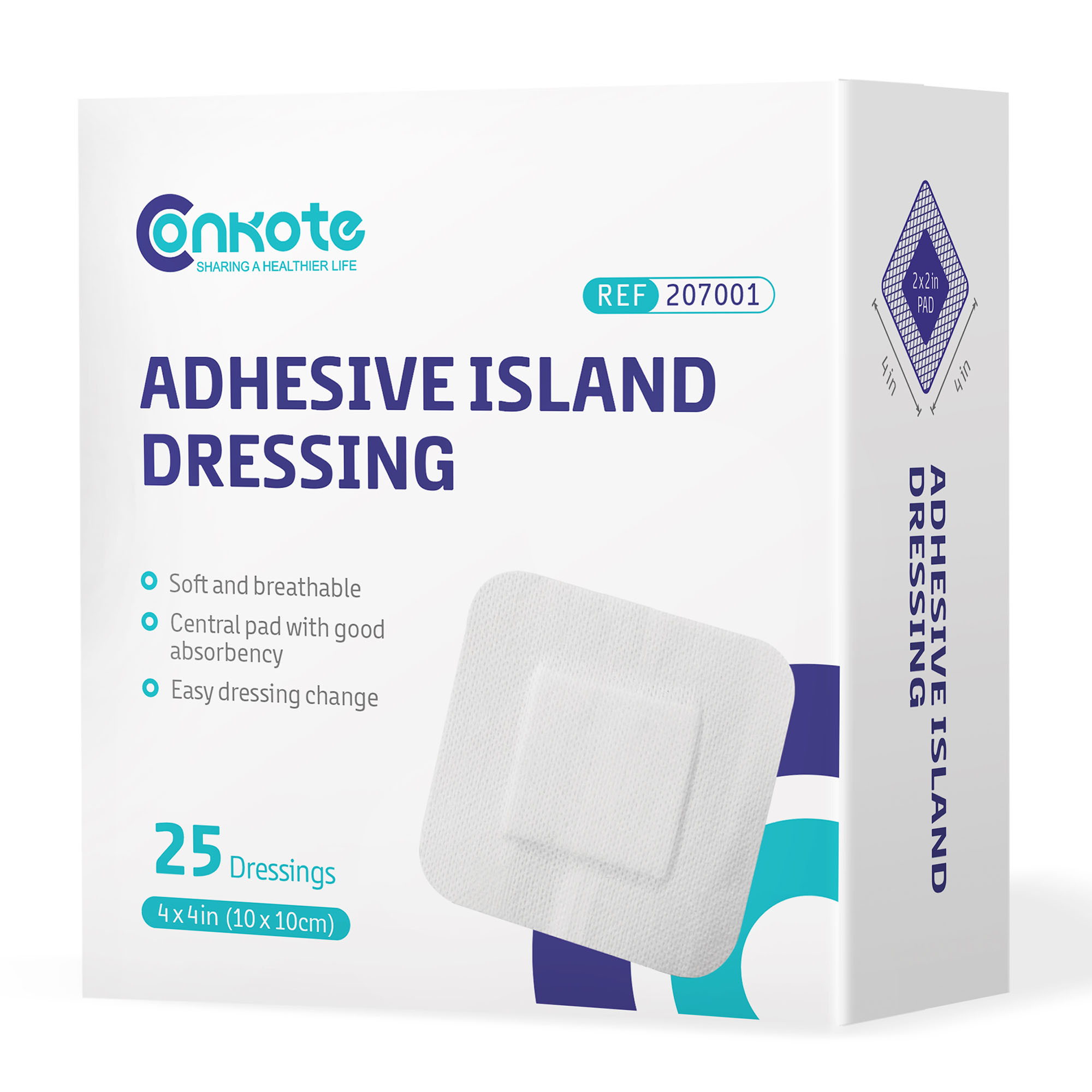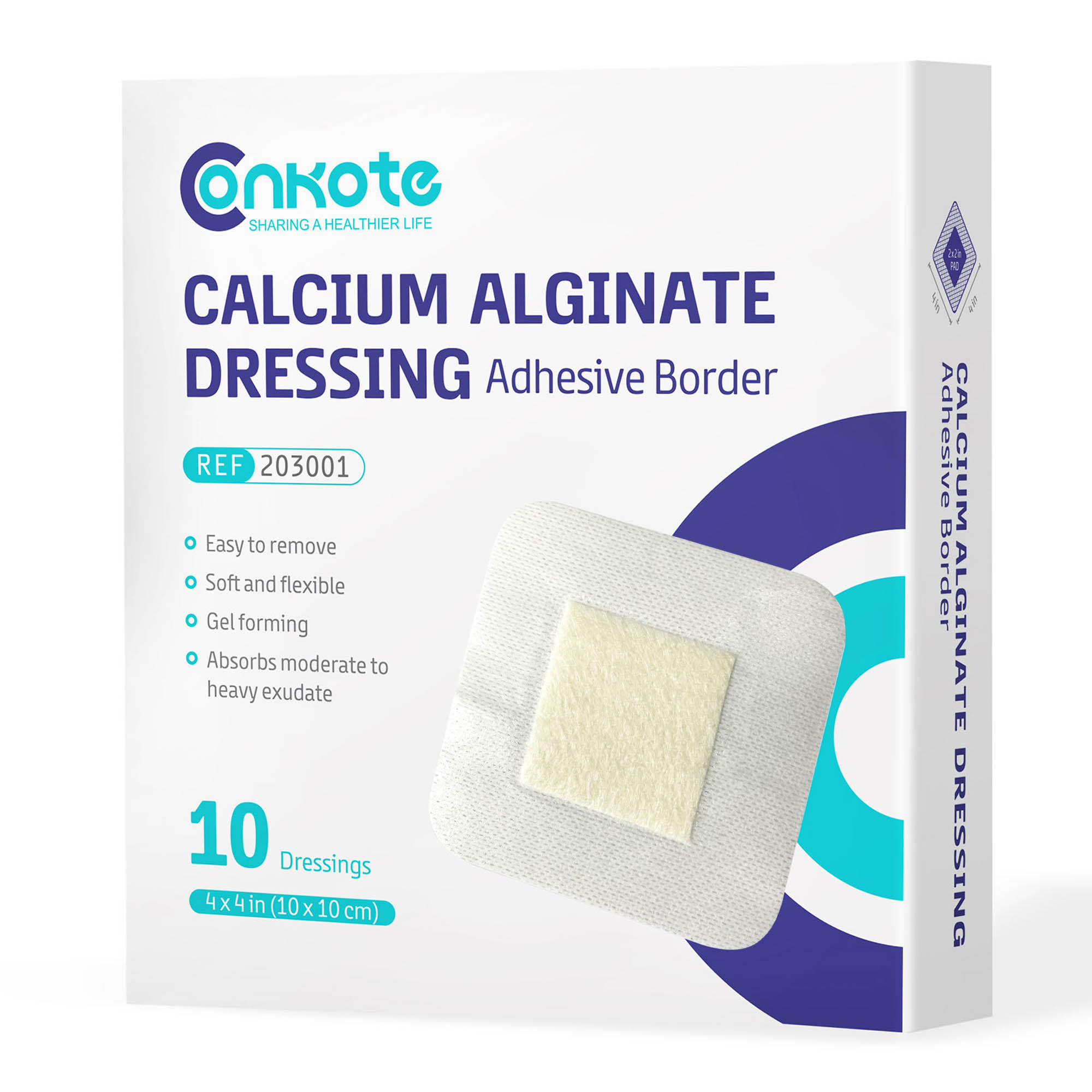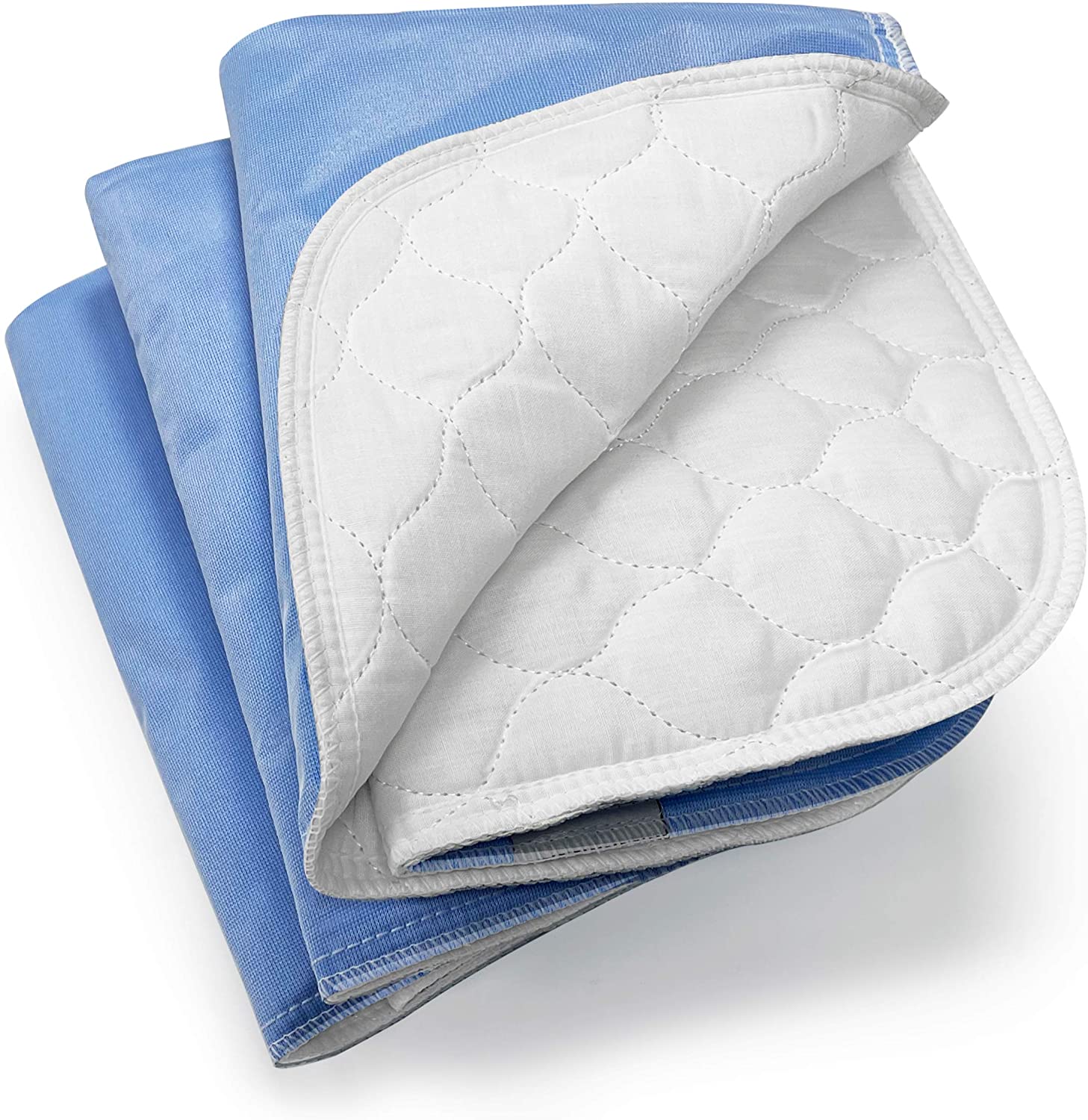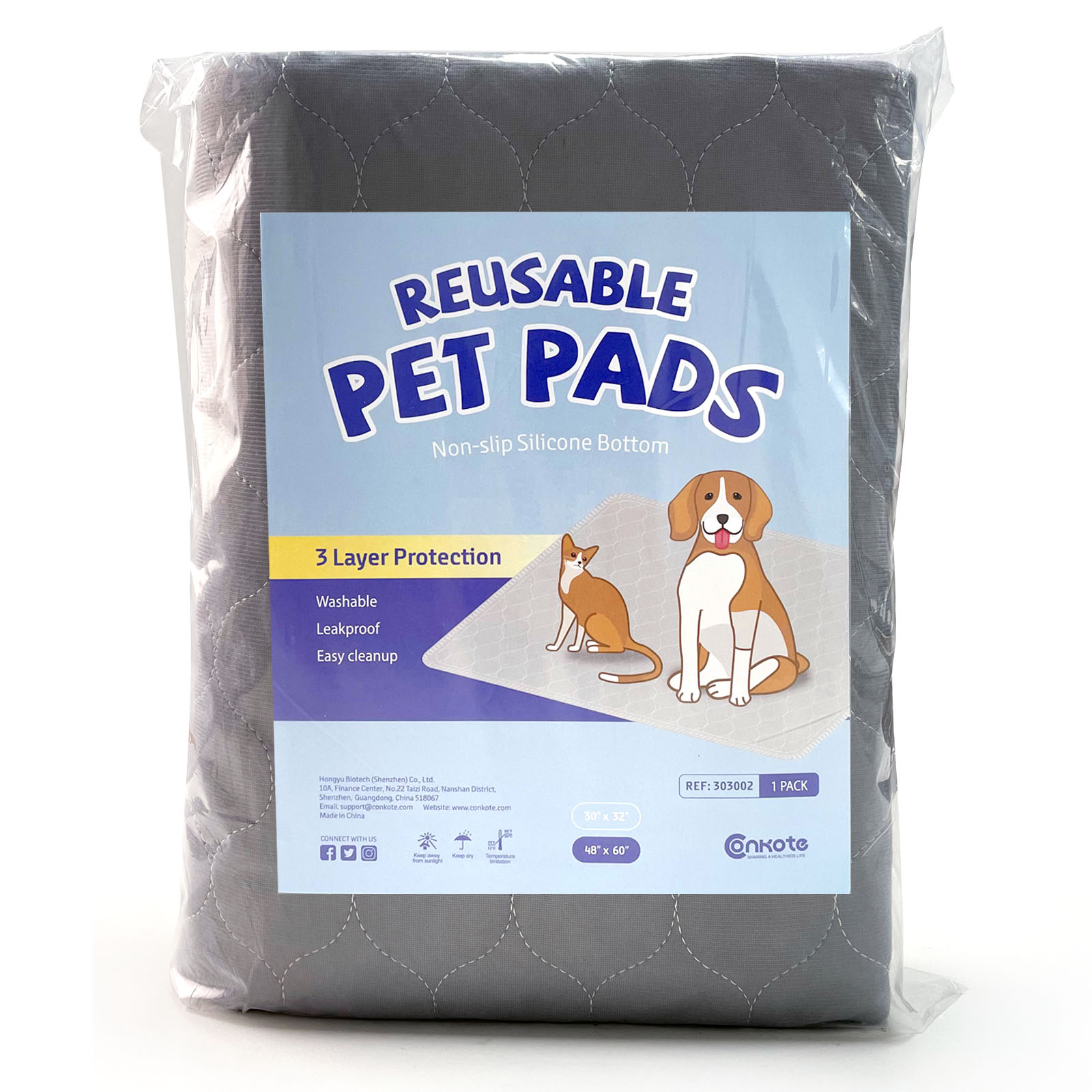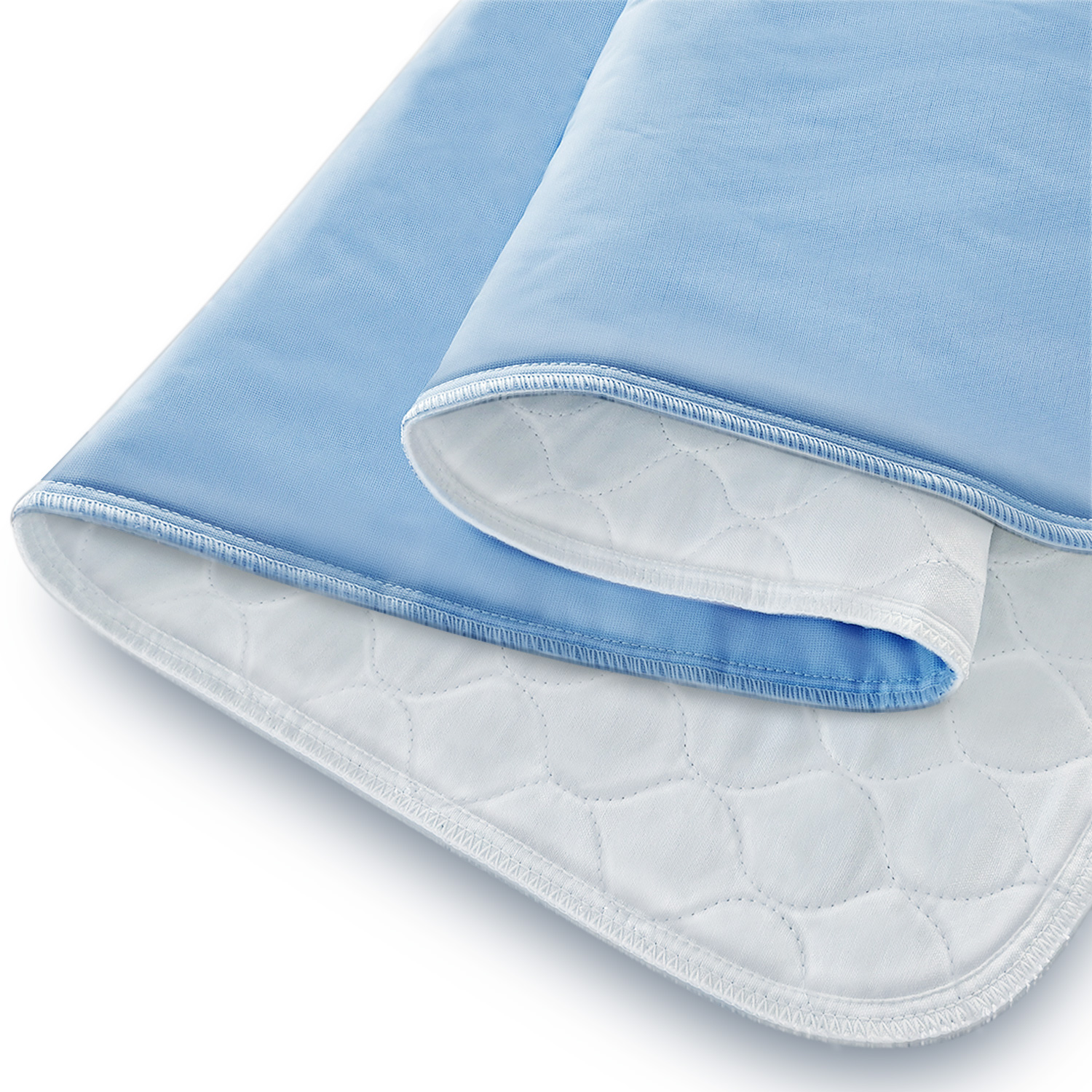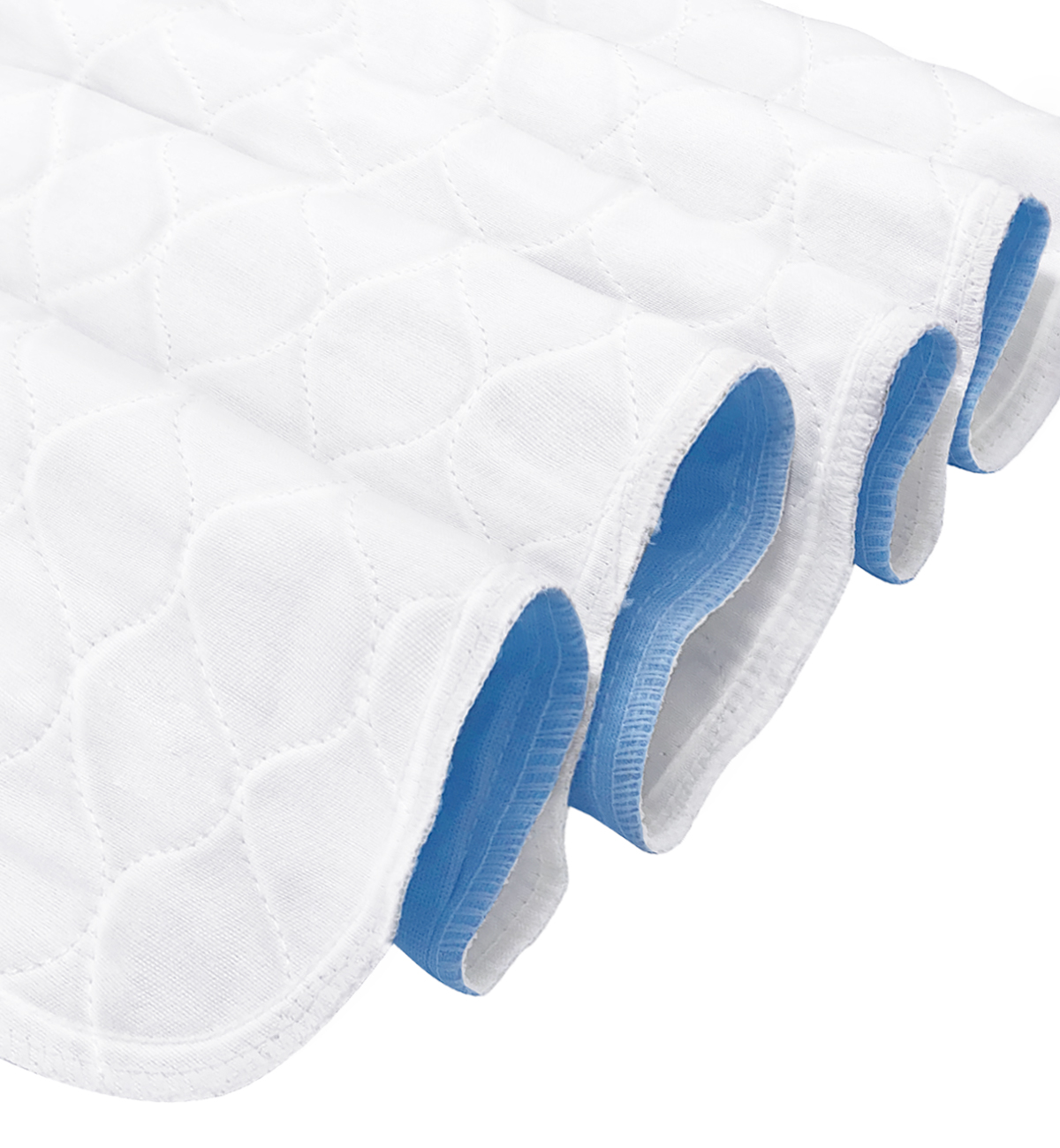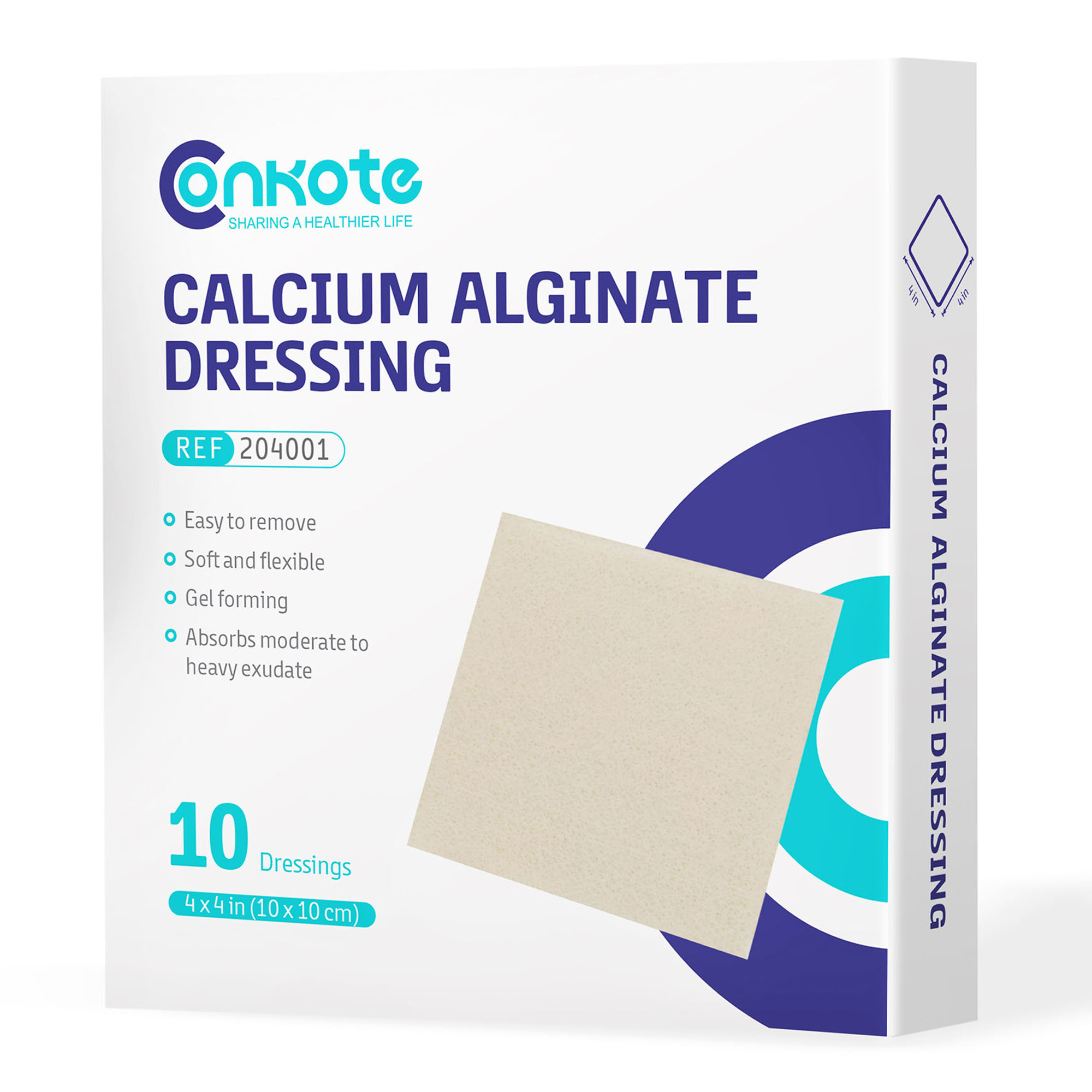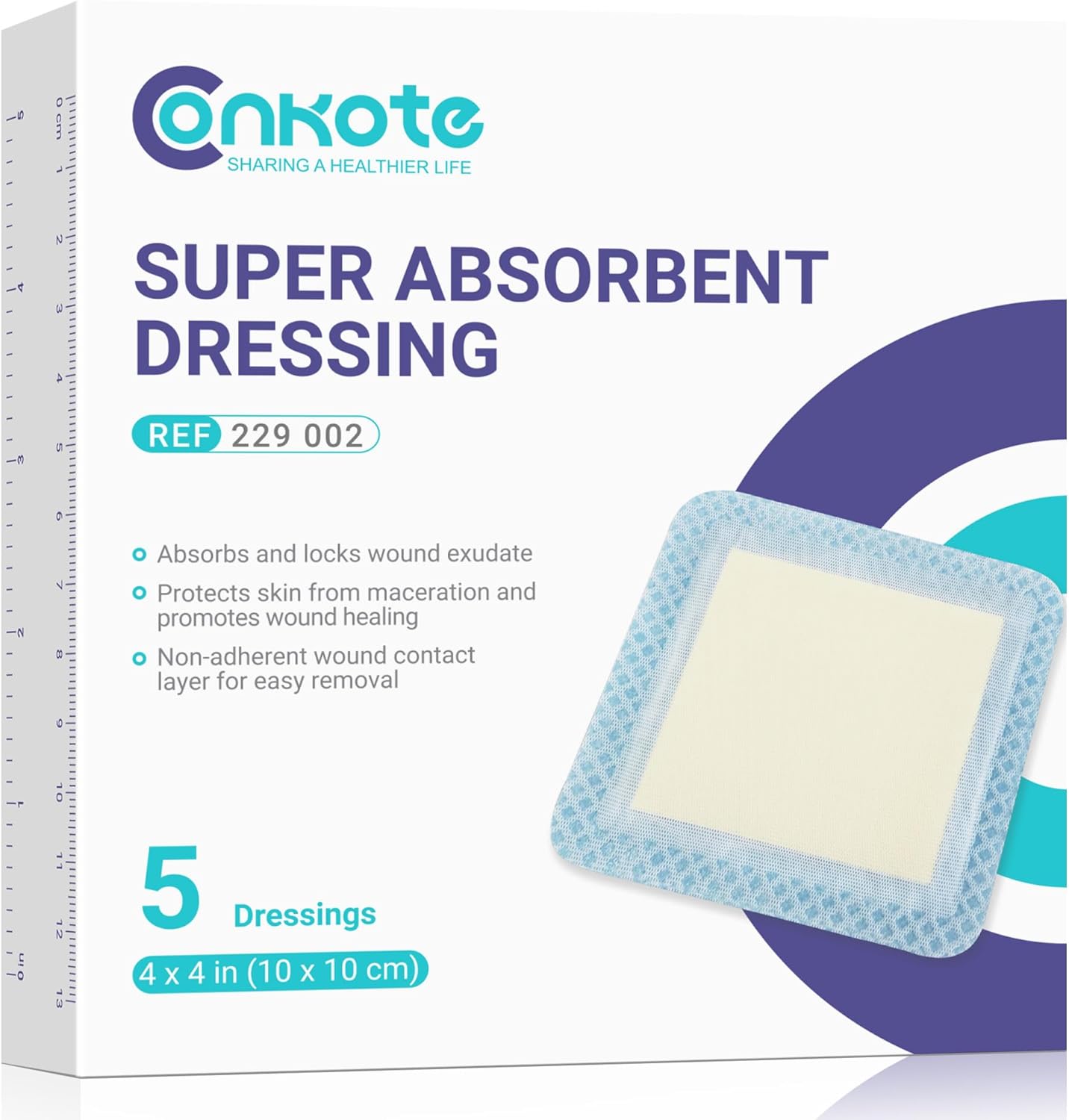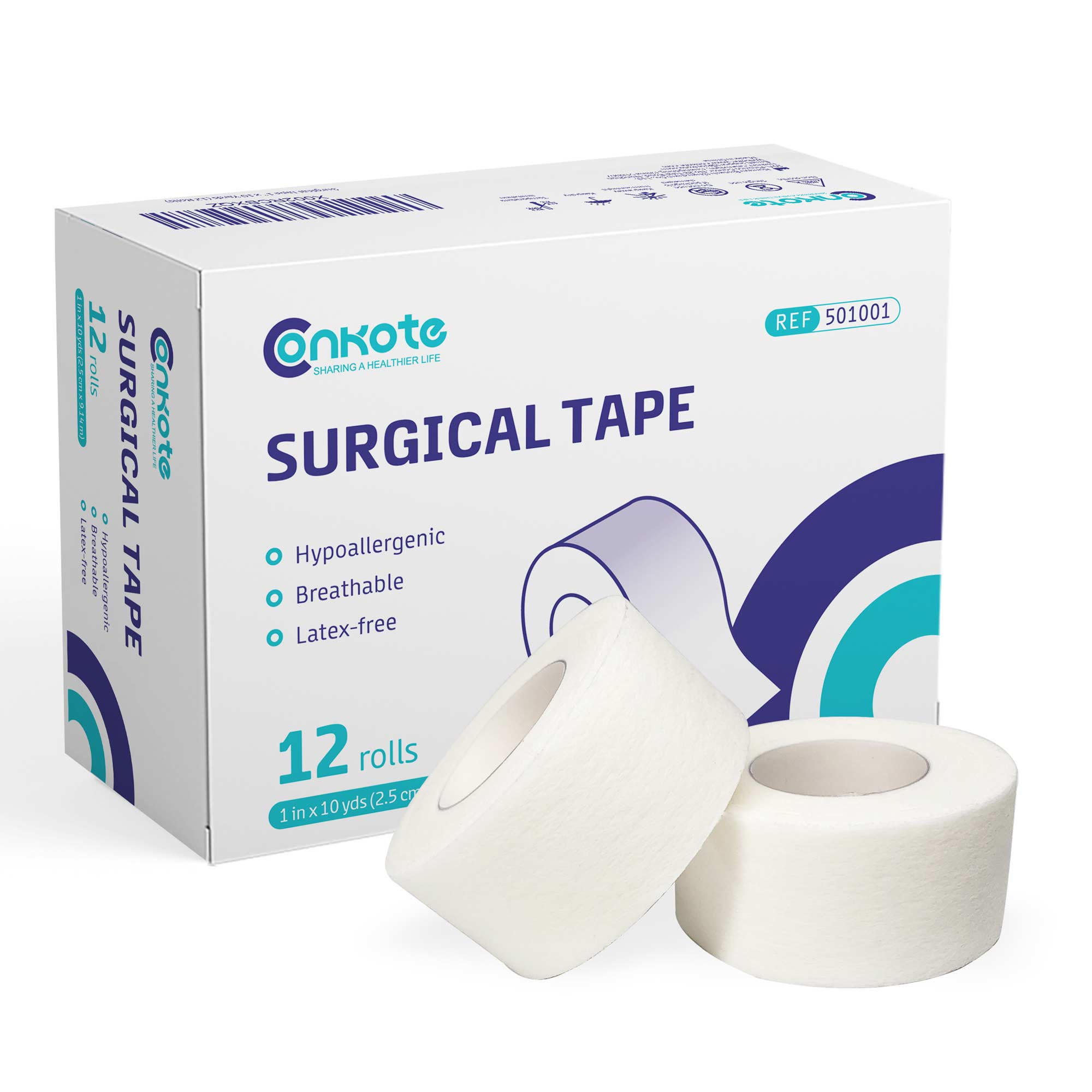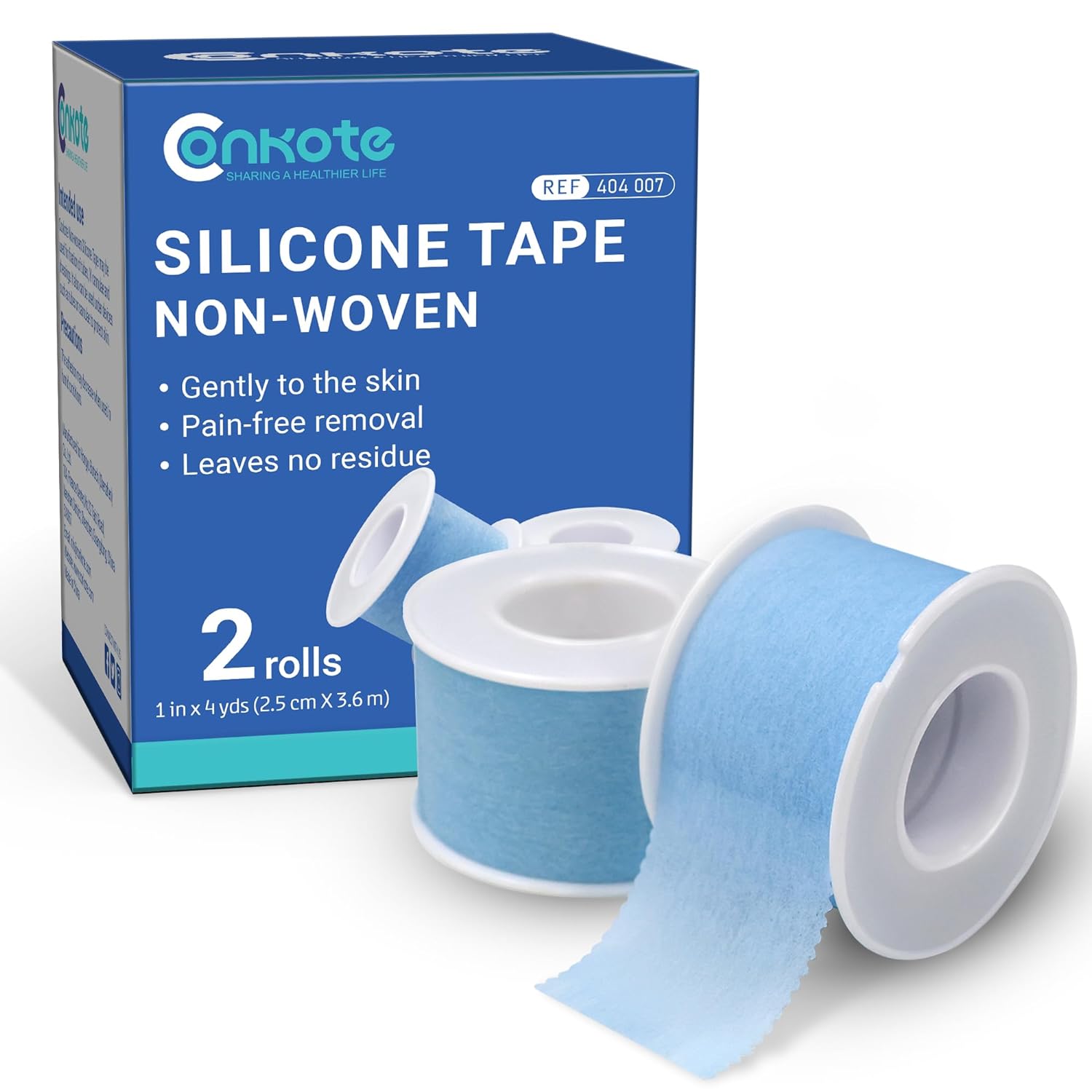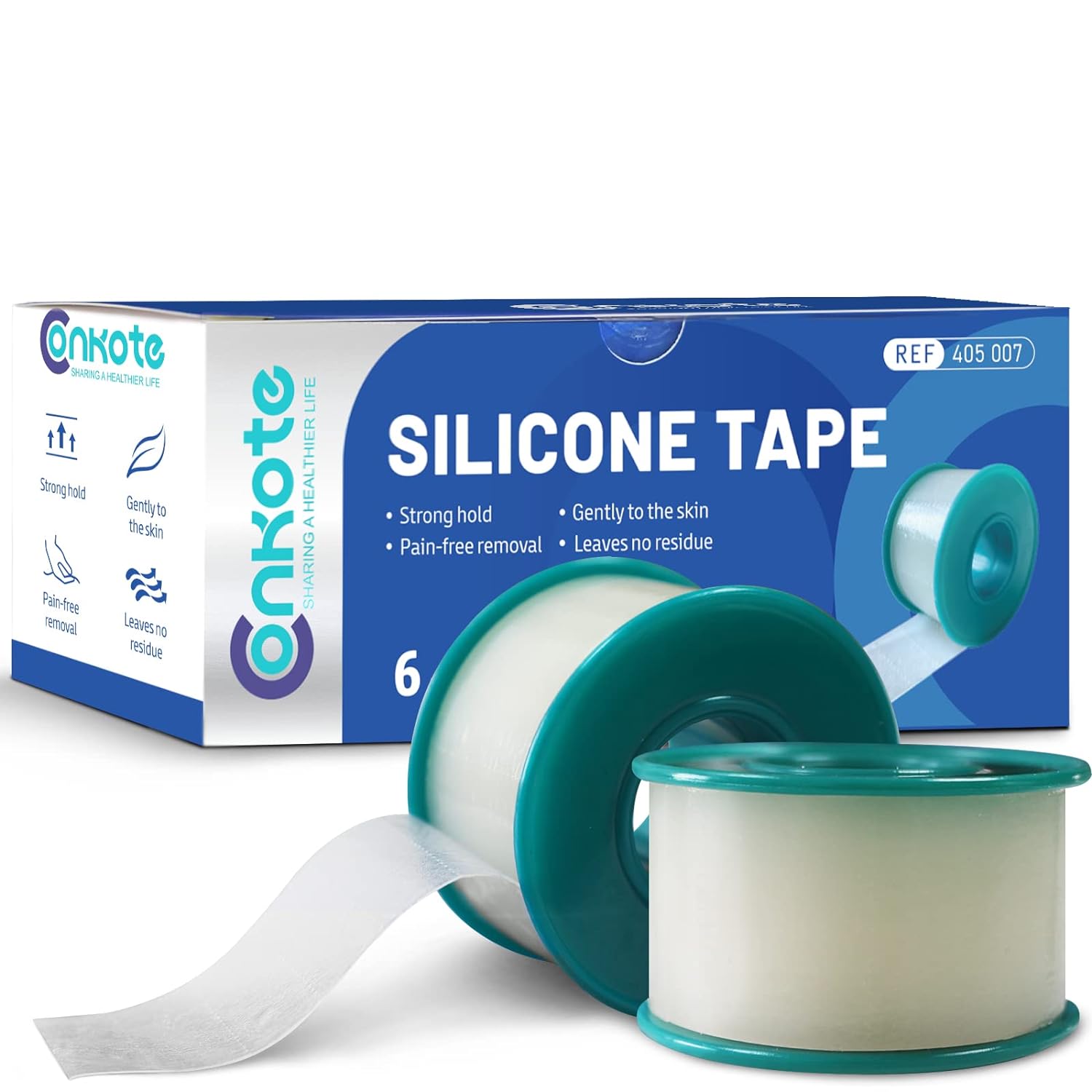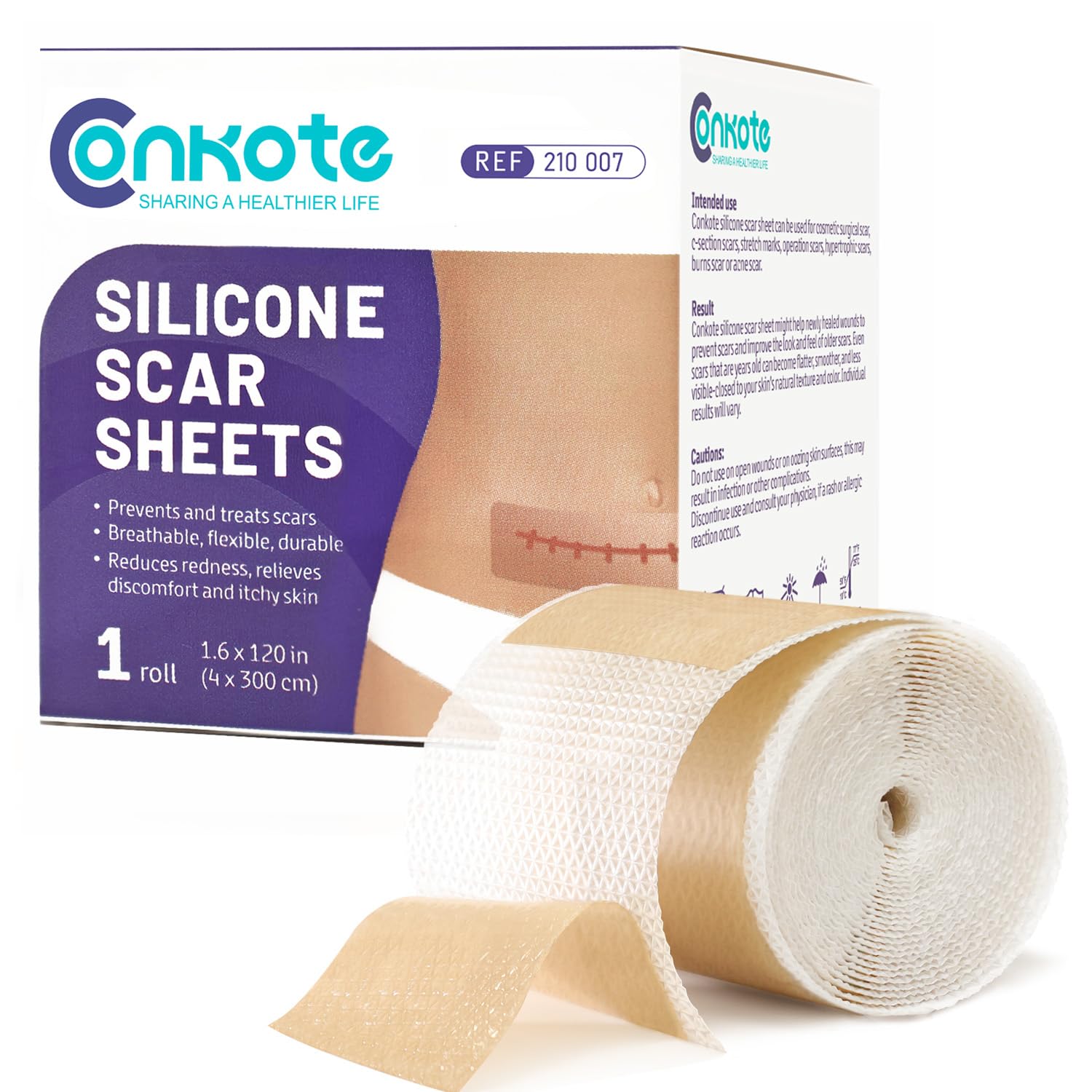Conkote® Wound Dressing Selection: Types and Usage
2022-06-23 2022-08-05 14:50Conkote® Wound Dressing Selection: Types and Usage
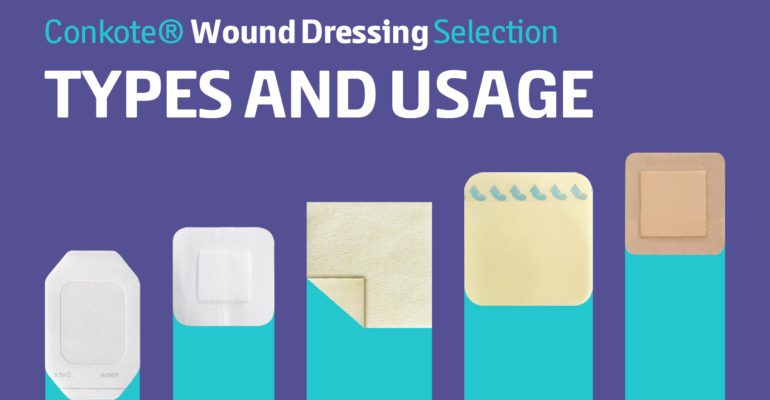
Conkote® Wound Dressing Selection: Types and Usage
Conkote® Wound Dressing Selection: Types and Usage
There are many types of dressings, and it is important to choose the correct dressing for wound. Conkote offers 5 different wound dressings. Let’s examine these dressing and when they should be used:
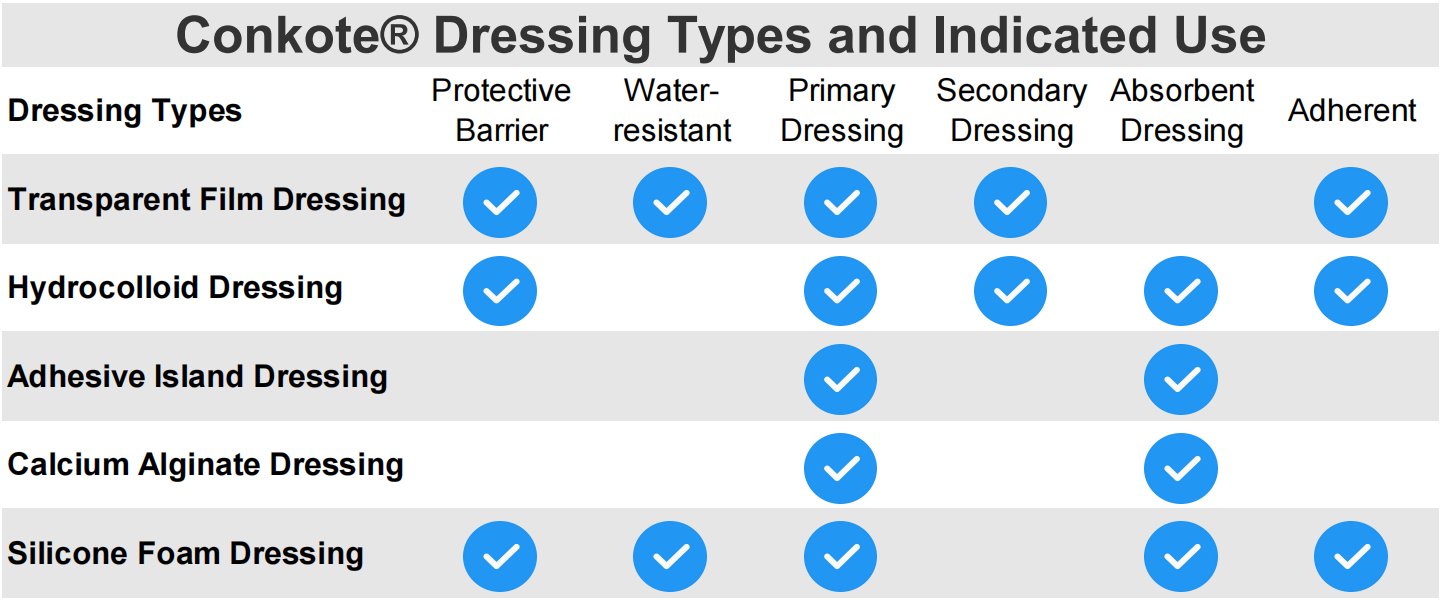
Conkote® Transparent Film Dressing
Conkote Transparent film dressings allow oxygen to penetrate through the dressing to the wound, while simultaneously allowing moisture vapor to be released.
- Impermeable to liquids, water, and bacteria
- Allows oxygen in
- Helps to remove dead or damaged tissue
- Can be used to secure another dressing
- Can be used for partial-thickness wounds, donor sites, minor burns, stage I and stage II pressure ulcers
Cons: May stick to some wounds, not suitable for heavily draining wounds, may promote periwound maceration due to its occlusive nature.
Cnkote® Hydrocolloid Dressing
Cnkote® Hydrocolloid Dressing are very absorbent and contain colloidal particles that swell into a gel-like mass when they come in contact with exudation.
- Strong adhesive backing
- Waterproof and impermeable to bacteria
- Encourage automaticallydebridement
- Provide moderate absorption of exudation
- Can be used for burns, pressure ulcers, venous ulcers
Cons: Leave a residue present in the wound bed which may be mistaken for infection; may roll over certain body areas that are prone to friction; cannot be used in the presence of infection.
Conkote® Adhesive Island Dressing
Conkote Island Dressing is a primary or secondary bordered gauze dressing for wounds with light to moderate exudate.
- Soft, non-woven backing with adhesive border
- Gentle on skin, conformable, breathable
- Provides ease of movement
- Absorbent non-adherent pad
- Protects wound from trauma
- Can be used for low to moderate exudate wounds, minor cuts, abrasions and lacerations
Cons: Low adherent dressing requiring careful removal. Not suitable for high exudating wounds. If wound fluid dries, dressing may adhere to the wound
Conkote® Calcium Alginate Dressing
Conkote® Calcium Alginate Dressing contain salts derived from seaweed. Calcium ions in the dressing interact with the sodium ions in the fluid of the wound to promote healing. They will form a hydrophilic gel when they come in contact with exudate from the wound.
- Highly absorbent
- Partially dissolves to form a gel
- Can be used on wounds that have infection present
- Can absorb 15-20 times their own weight
- Can be use for venous ulcers, wounds with tunneling, wounds with heavy exudate
Cons: May cause desiccation of the wound bed, as well as drying exposed tendon, capsule or bone (should not be used in these cases)
Conkote® Silicone Foam Dressing
Conkote® Silicone Foam Dressing is a multi layer, highly absorbent dressing with soft silicone adhesive as the wound contact layer.
- Soft, comfortable and high absorbency to lock the wound exudate & reduce skin maceration risk.
- Gentle silicone self-adhesive material allows for pain free removal.
- Breathable, waterproof film to maintain a moist wound environment faster healing.
- Can be use for pressure ulcer, leg ulcer, foot diabetic ulcer, surgical wound,1st and 2nd degree burn, traumatic wound.
Cons: They may fragility and difficulty in handling owing. They are unsuitable for deep wounds as they only provide temporary cover.
Use the coupon to save 10%. Coupon: woundcare10
Conclusion
As health care professionals, we have these choices for dressing treatments. Knowledge of Conkote dressing will help you to make the appropriate dressing selection. However, keep in mind that patient’s wound history, comorbidities, needs, environment may play a large part in that decision.
Sources:
Search by Tags
advanced woundcare dressing Bedsores Blood Blood donation chronic decrease Chronic Wound comprehensive guide Conkosil Diabetes diabetes foot diabetes prevention Diabetes,Foot Problems,wound Diabetic foot dog training donation dor pee pads Easy Tips First aid health health life Home Care Ionic Silver Dressin Innovative Technology for Wound Care Lesions Measure a Wound medical tape Moist Wound Healing Negative pressure wound therapy papertape pet care Pressure Ulcers puppy pee pads Self-Adhesive Bandage Skin care tape Tobacco traditional wound care dressing World No Tobacco Day Wound care wound dressing wound healing wound infection wound materials woundmaterials wound type wound vac
